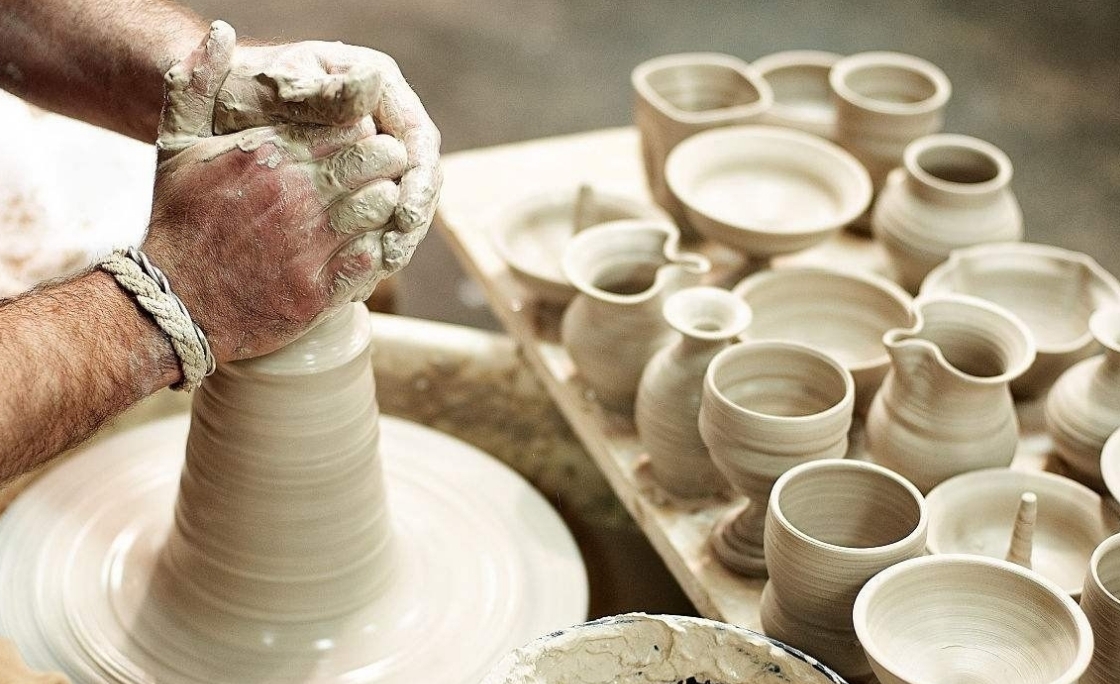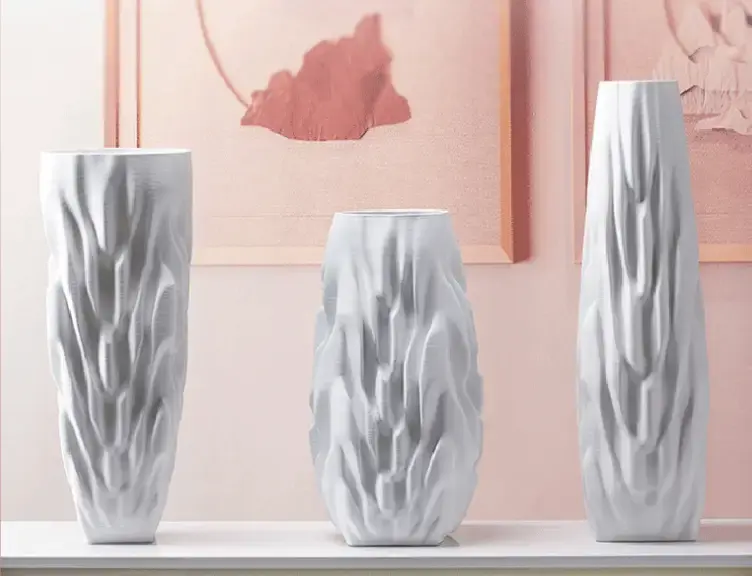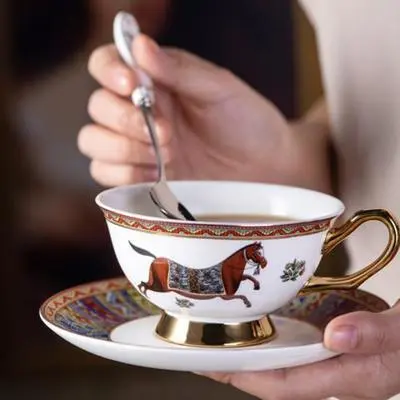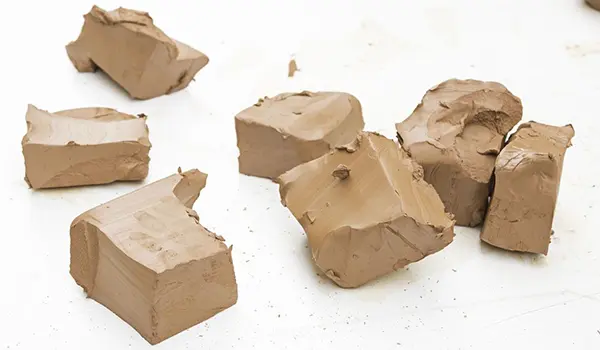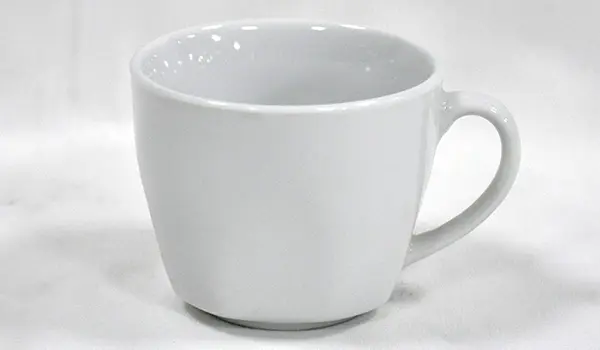Dehua Ceramics: Mastery of Decorative Techniques & Artistic Excellence
1.Carving & Stamping
Carving: Delicate patterns are etched into unfired clay using bamboo knives or iron needles, exemplified by the subtle lotus petal reliefs on Song Dynasty bowls.
Stamping: Intricate geometric or bowstring motifs are pressed onto surfaces with molds—a technique refined during the Song-Yuan era for mass production efficiency.
Embossed Appliqué & Relief Sculpting
Embossed Applique: Three-dimensional designs (floral, figural) are sculpted from clay and adhered to the base before firing, creating striking depth.
Relief Sculpting: Ming Dynasty master He Chaozong elevated this technique, carving flowing drapery effects on Buddhist statues to evoke ethereal movement.
2.Advanced Refined Techniques
Openwork & Piercing
Openwork: Delicate lattice patterns are carved through the clay body, seen in incense burners and vases, achieving a “painting within porcelain” illusion.
Layered Glaze Effects: Leveraging the high silica content of Dehua clay, artisans control kiln temperatures to create gradient hues like “Ivory White” and “Scallion-Root White,” prized for their jade-like translucency.
3.Symbolic Motifs & Themes
Spiritual Narratives
Buddhist and Taoist iconography, such as lotus motifs and Tai Chi symbols, adorn statues of Guanyin and deities, with dynamic folds carved and embossed to capture divine energy.
Nature-Inspired Artistry
Flora (plum blossoms, bamboo, lotus) and fauna (mythical dragons, cranes) are rendered through a blend of realism and abstraction, celebrating harmony with the natural world.
4.Modern Innovations
Digital Craftsmanship
Traditional embossing meets 3D modeling for bespoke wedding porcelain and cultural merchandise, ensuring precision and design diversity.
Hybrid Material Fusion
Openwork designs are accentuated with inlaid metals or glass, creating bold “porcelain + precious metal” contrasts for contemporary collectors.




